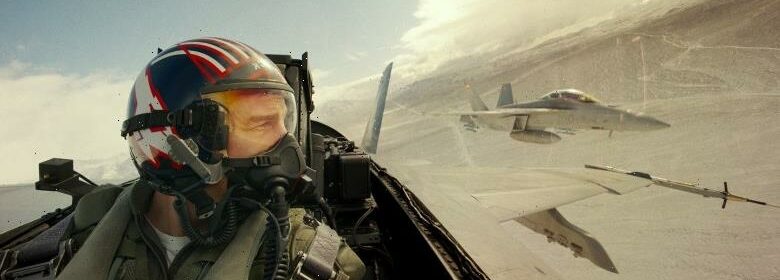Top Gun: Maverick Director Joseph Kosinski Reveals U.S. Navy Deleted Photos He Took in Pre-Production

Director Joseph Kosinski has revealed that the U.S. Navy confiscated his camera while on a military base, and ultimately “wiped clean” the photos he took.
“When you’re directing the film, you kind of get to become a ‘subject matter expert’, which is the Navy term — the SME— on any subject you want. So, I got to live that dream of being in the Navy for a couple years,” Kosinski explained to Deadline. “I got to go to places that civilians don’t get to go to. I got to see things that no civilian would get to see.”
Yet, that means no one else should see it either. Kosinski continued, “I had my camera confiscated at one point. Wiped clean. I took some pictures and maybe captured something I wasn’t supposed to capture, and my camera was quickly returned to me without any photos on it.”
He added, “I got to go to China Lake and shoot in a hangar that is top secret. And it was all in this quest for authenticity. And I think you feel it when you see it, because you don’t feel like you’re in a Hollywood-designed setting. There’s a reality to it. We collaborated with the actual engineers who make the real secret aircraft. It was just a dream come true.”
“Top Gun: Maverick” cinematographer Claudio Miranda told IndieWire that the Navy also had strict conditions for filming atop fighter jets. The Navy would not allow cameras on the wings of the planes because it would affect flying performance. “I got a dorsal mount as a consolation prize and the normal bomb mounts,” Miranda said. “But you could only fly the plane at 3Gs with external mounts.”
The sequel to 1986 hit film “Top Gun” ultimately had more than 800 hours of footage, beating out as much footage as Peter Jackson’s three “Lord of the Rings” films combined. Of course, Kosinski was tasked with narrowing the scope of the film and cutting out certain scenes and subplots.
“You end up throwing out stuff that you are sure, when you’re shooting it, will absolutely be in the movie,” he told IndieWire. “When you’re coming down to the final cut and focusing on the story you’re telling, stuff has to fall away for the good of the film.”
Source: Read Full Article